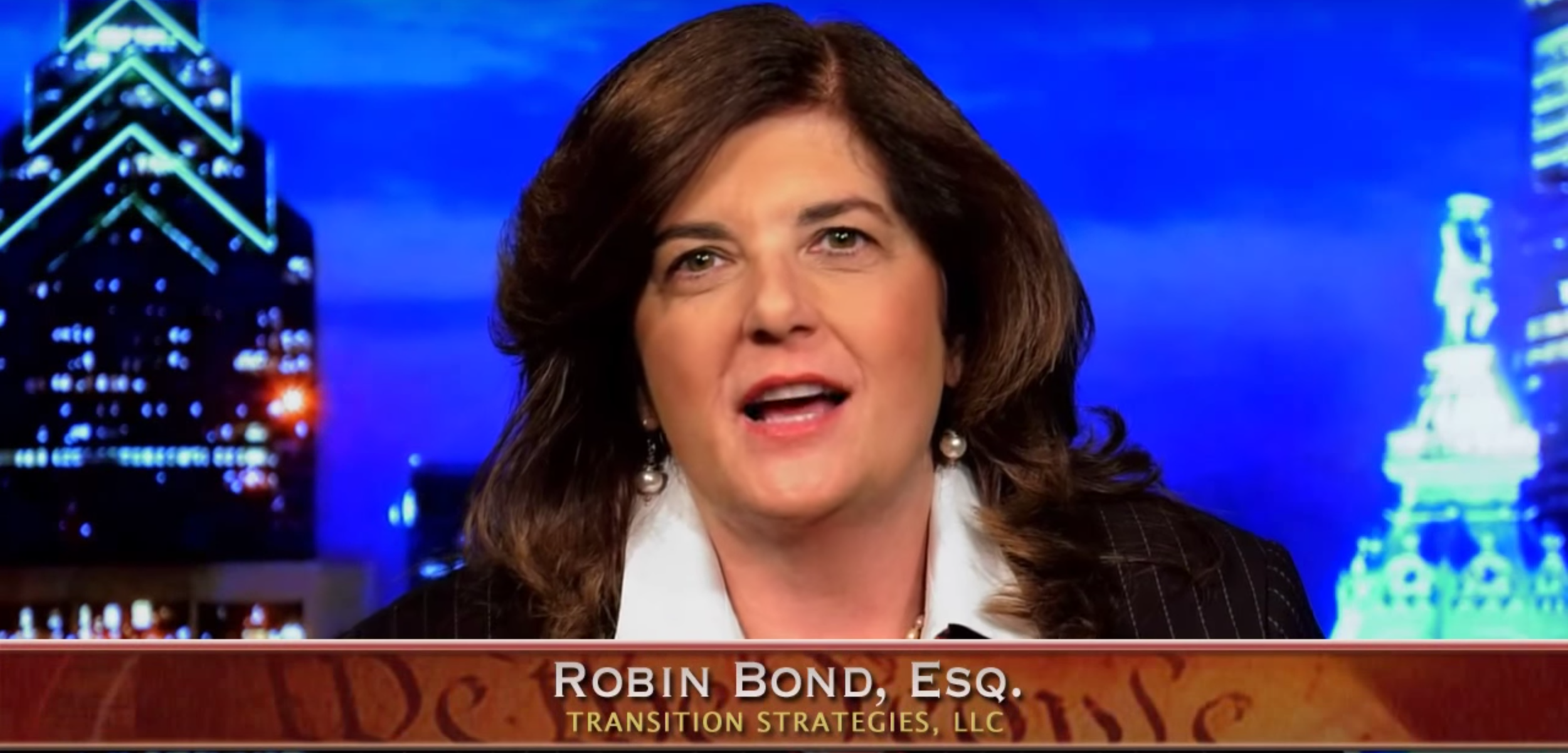Families First Coronavirus Response Act Provides for Paid Leave effective April 2, 2020
In response to the tsunami effect the coronavirus is having, and is expected to continue to have, on employees and their families, President Trump signed into law on March 18, 2020, the Families First Coronavirus Response Act (“Act”). The law’s provisions will take effect 15 days thereafter, on April 2, 2020.
The law generally provides for paid emergency sick leave as well as paid emergency family and medical leave. Here is a brief outline of its key provisions:
Emergency Paid Sick Leave
Who is covered? Private employers with fewer than 500 employees and all public sector employers regardless of size.
What is provided? For full-time employees, up to 80 hours of paid emergency sick leave. For part-time employees, emergency sick leave is based on the employee’s average number of hours worked in a two-week period.
Who is eligible? There is no waiting period. Paid emergency sick leave is available immediately to an employee regardless of how long he or she has been employed with that employer. Most importantly, employers cannot require an employee to first use other employer-provided leave (i.e. vacation time, personal days) before using the emergency sick leave provided by the Act.
For what purposes can you use the leave? Employees may use emergency paid sick leave for the following:
If the employee is quarantined by health authorities/the government related to COVID-19 or is caring for an individual subject to such an order (note that the Act does not specify that the individual must be a family member).
If the employee is advised by a health care provider to self-quarantine due to COVID-19 or is caring for an individual subject to such an order (again, the Act does not specify that the individual must be a family member).
If the employee is experiencing symptoms of COVID-19 and is seeking a medical diagnosis.
If the employee is caring for a child whose school or daycare facility has been closed or the child care provider is unavailable.
If the employee is experiencing any other substantially similar condition specified by the Secretary of Health and Human Services.
What is the paid leave benefit?
The paid leave benefit for each employee would be for 100% of wages up to $511.00 per day while the employee is receiving paid sick leave to care for himself or herself
The paid leave benefit would be up to $200.00 per day if the leave is used to care for a family member or significant other, or for a child whose school has closed.
The paid leave benefit is limited to 10 days per employee per quarter.
Emergency Family and Medical Leave Expansion (EFMLA)
Who is covered? Private employers with fewer than 500 employees and all public sector employers regardless of size.
What is provided? Up to 12 weeks of leave under the Family and Medical Leave Act (“FMLA”).
Who is eligible? Employees who have been employed for at least 30 calendar days by the employer from whom the leave is requested may seek paid and unpaid leave in the event of a public health emergency. This includes the situation where an employee is unable to work or telework because he or she needs to care for his/her child under the age of 18 if the child’s school or place of child care has been closed, or if the child care provider is unavailable due to a public health emergency. "Public health emergency” is defined as an “emergency with respect to COVID-19 declared by Federal, State or local authority.”
What part of EFMLA is paid and what part is unpaid? .
The first 10 days of EFMLA leave are unpaid, but an employee may elect to substitute some other form of paid leave offered by the employer (including the paid emergency sick leave described above)
After 10 days, the employee is paid at two-thirds of the employee’s regular rate of pay based on normal schedule and capped at $200 per day (with a $10,000 maximum benefit).
Are any employees excluded? Employers may exclude certain health care providers and emergency responders from EFMLA entitlement.
Is there an exemption for small businesses? The Act authorizes the Secretary of Labor to issue regulations that could exempt businesses with fewer than 50 employees if the expanded FMLA leave benefit would jeopardize the business as a going concern.
What can an employee expect about a return to his/her position at work after the end of the EFMLA leave? Under existing FMLA rules, employers must return employees to the same or substantially equivalent position at the end of their FMLA leave. The Act limits this rule under certain circumstances for employers with fewer than 25 employees.

